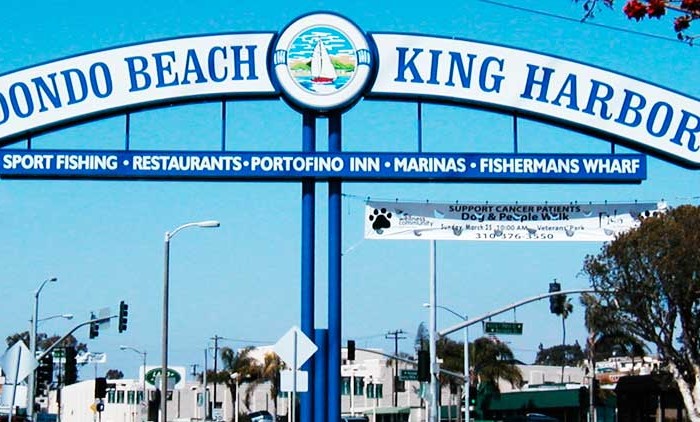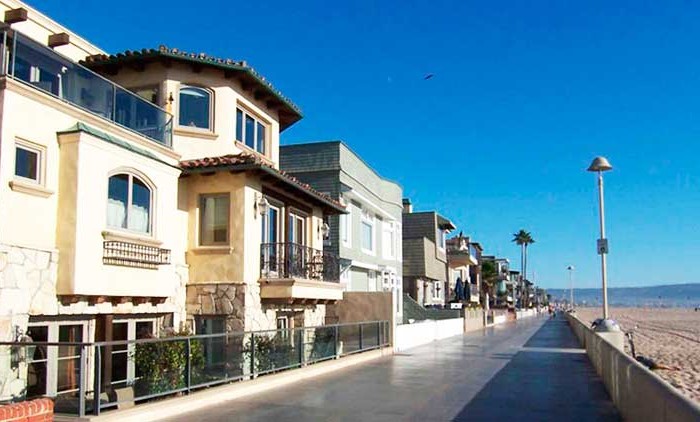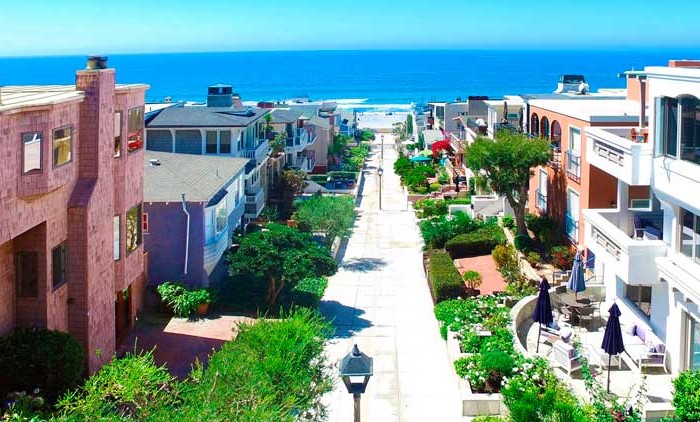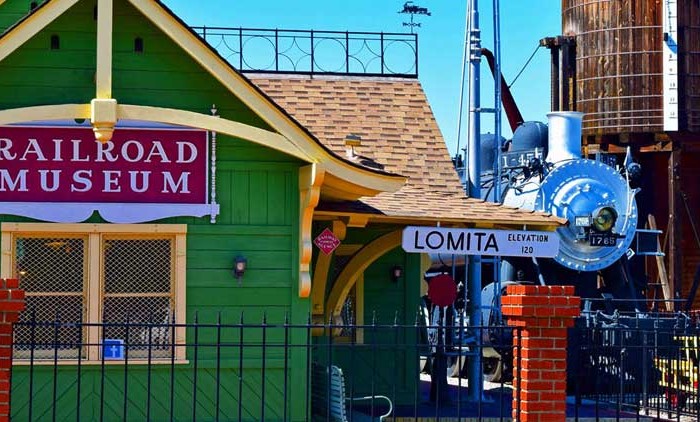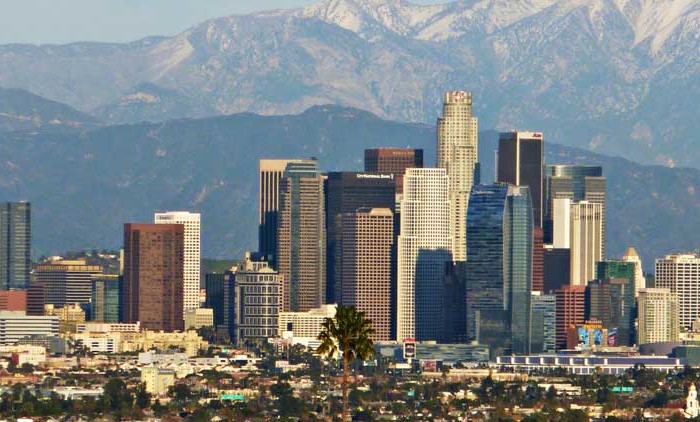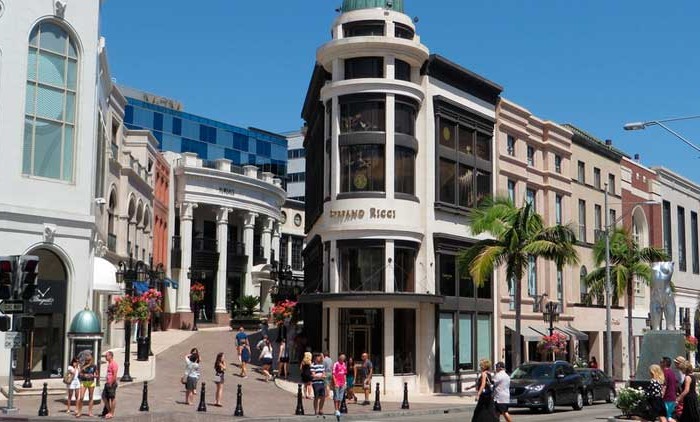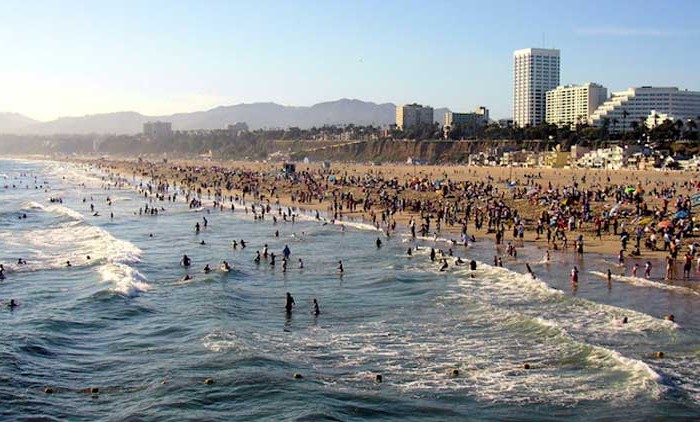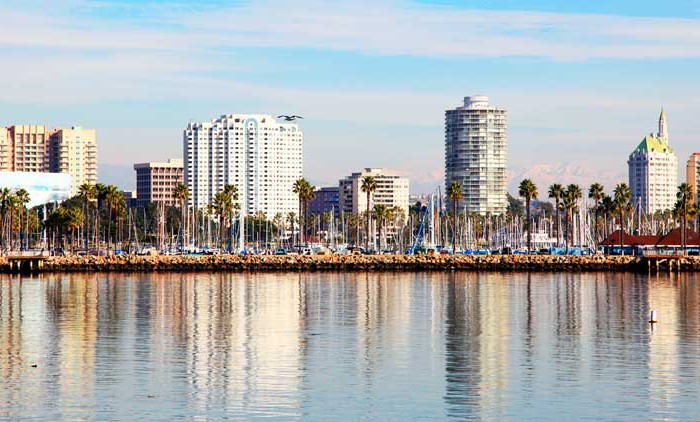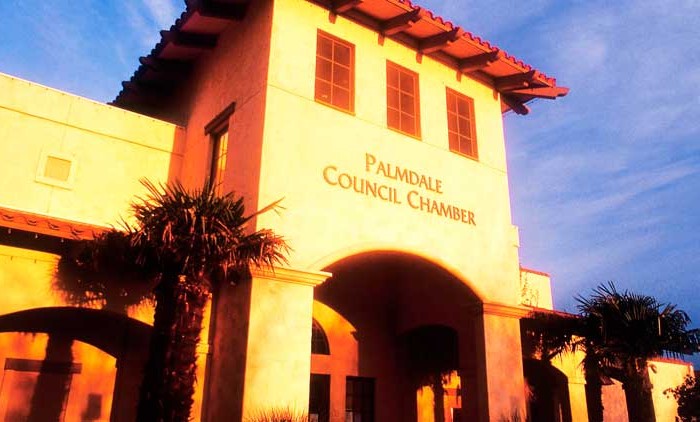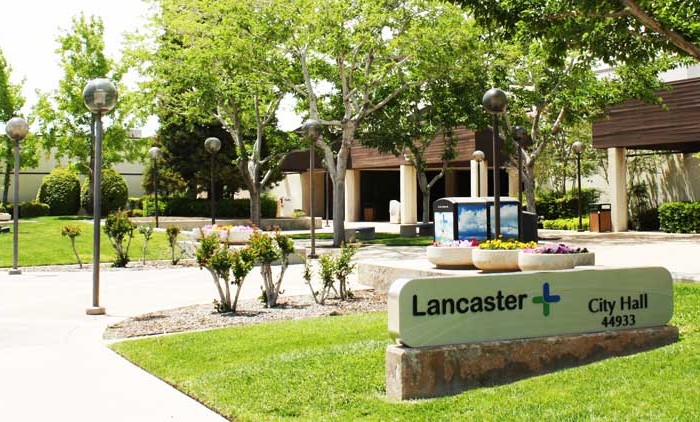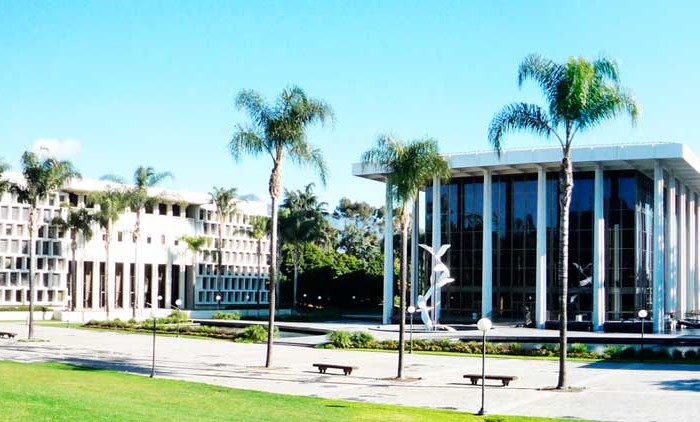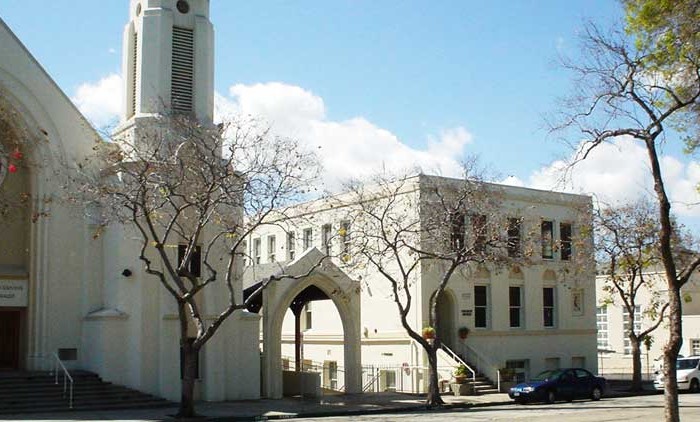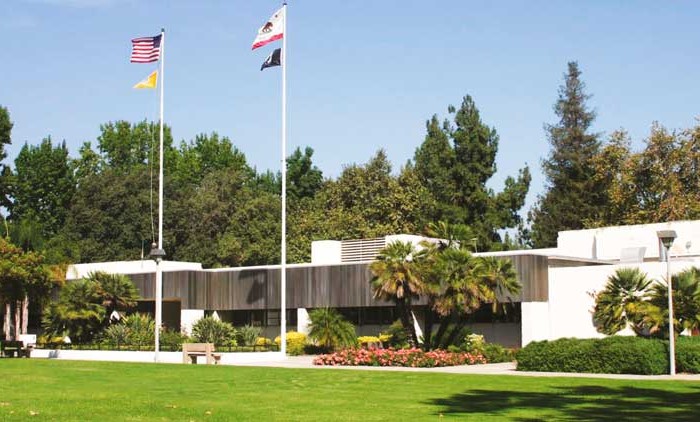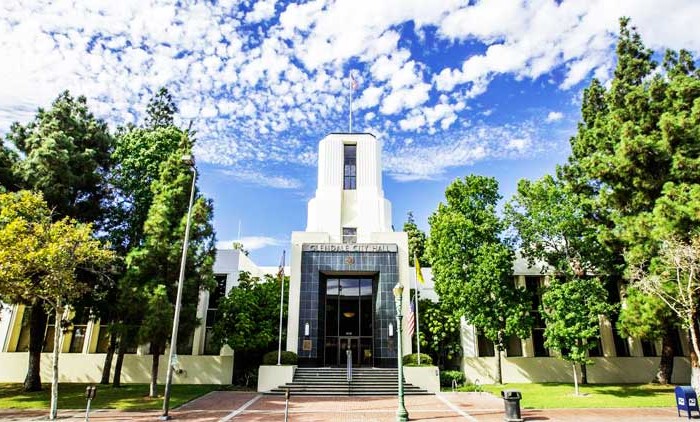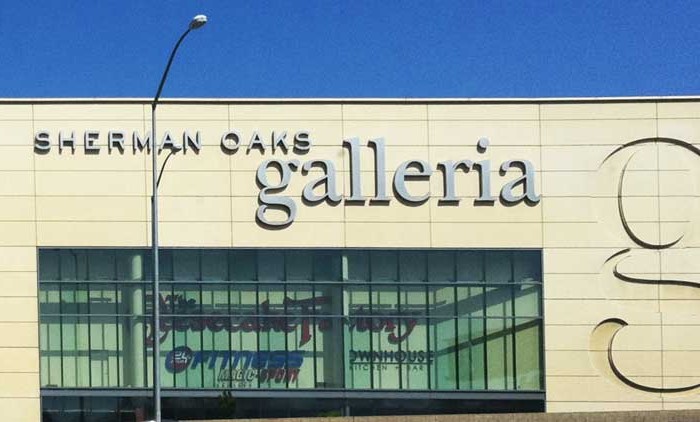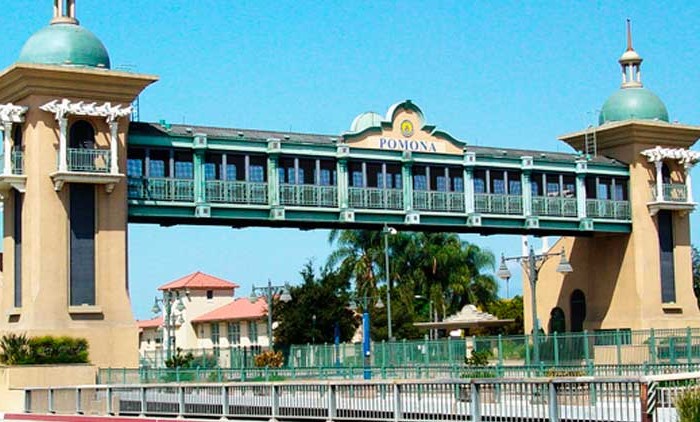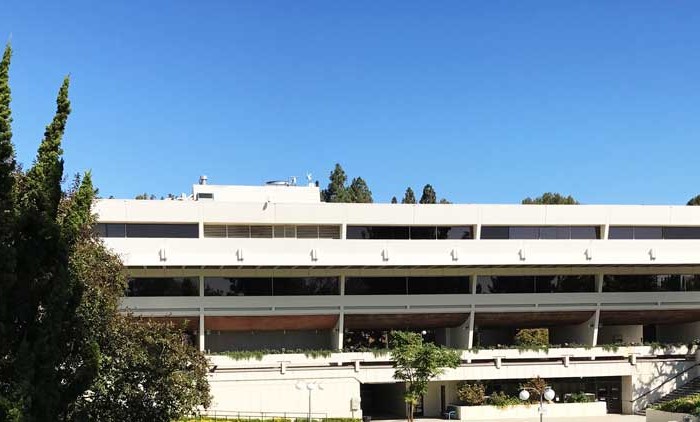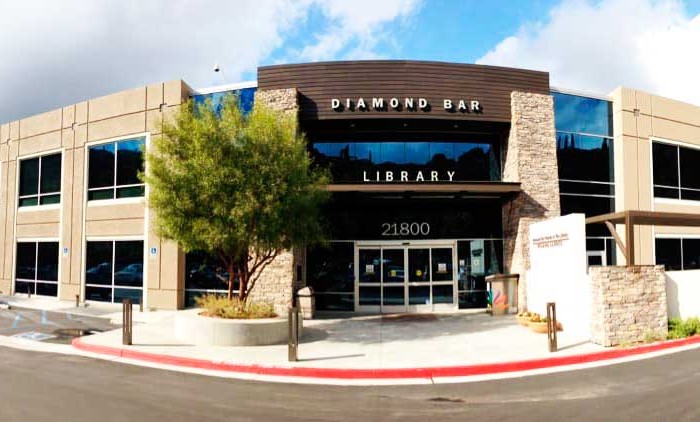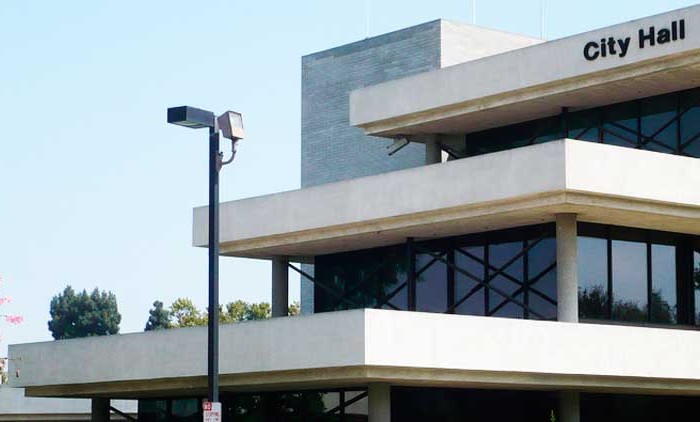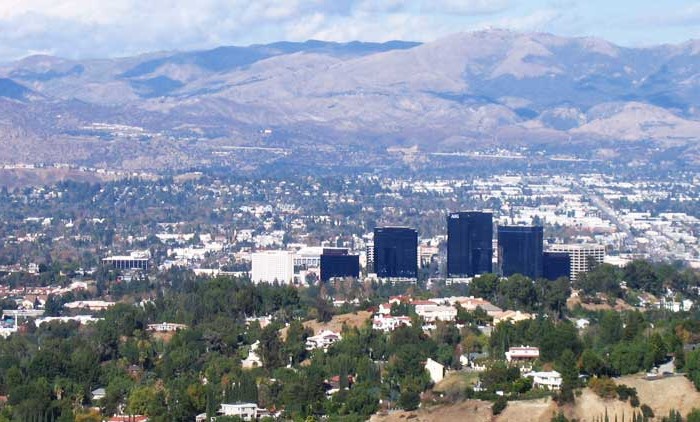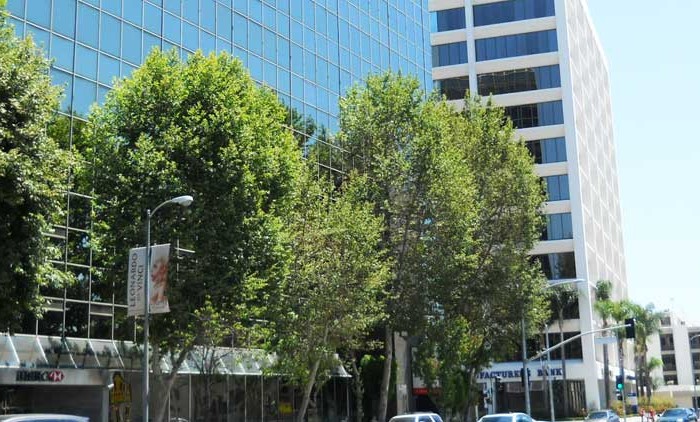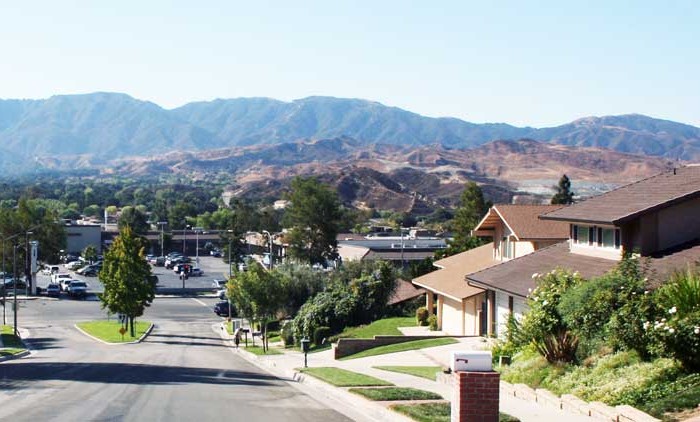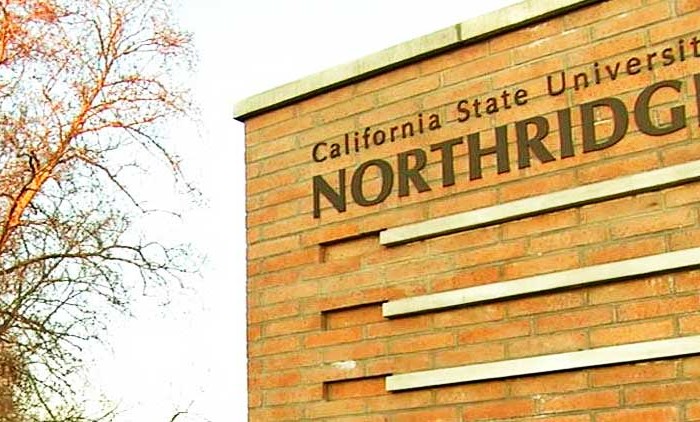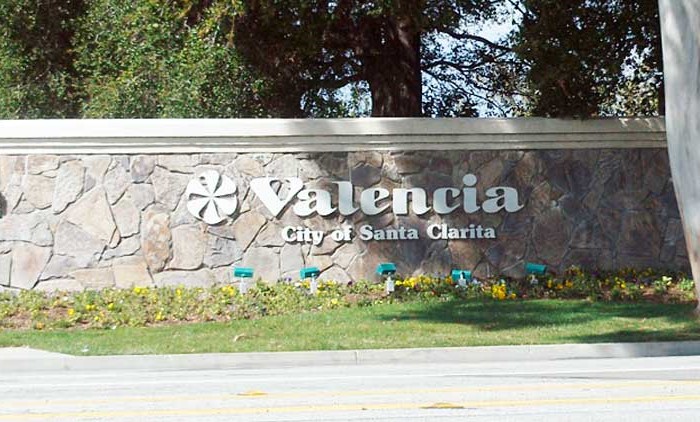Homes, condos and land for sale and rent in Whittier, CA
In 1887 the Pickering Land and Water Company set aside a 20-acre (81,000 m2) parcel of land for the development of a college, but a collapse in the land boom stalled construction. Progress on developing a college was sporadic, but on July 30, 1896 the Whittier Academy, operating since 1891, officially changed its name to Whittier College with 100 students enrolled. The school mascot is “The Poet.” By 1906, Whittier College was an educational institution with laboratories, boarding halls, a large gymnasium and athletic fields. Due to an economic depression in the 1890s, the first bachelor’s degrees were not awarded at the college for 17 years.
The Mendenhall Building at Whittier College was donated by Leona May Mendenhall in honor of her husband Oscar. The Mendenhalls were among the founding families of Whittier. Oscar’s brother, Samuel Mendenhall, helped bring in the water system and post office. The Mendenhalls were large growers for Sunkist oranges and Blue Diamond walnuts.
Whittier was the first home to Azusa Pacific University, established on March 3, 1899, by the Quaker community and a Methodist evangelist under the name Training School for Christian Workers.
According to the United States Census Bureau, the city has a total area of 14.7 square miles (38 km2), virtually all land.
Whittier is bordered by the community of Hacienda Heights to the northeast, City of Industry to the north, and several other unincorporated communities in the San Gabriel Valley mostly along its northern sections. Pico Rivera lies at the west, La Habra Heights to the east, La Habra to the southeast and Santa Fe Springs to the south.
Whittier is situated approximately 15 miles (24 kilometres) inland of the Pacific Ocean, resulting in higher daytime temperatures, and since it lies at a higher elevations than the cities further west, cold air drains into lower elevation of the Los Angeles Basin which results in warmer night-time lows, producing an example of thermal inversion. Winter daytime highs typically range from 68 °F to 80 °F (20 °C to 27 °C) with overnight lows dropping to about 43 °F to 54 °F (6° to 12 °C). In the summer highs range from 78 °F to 95 °F (26 °C to 35 °C) and corresponding overnight lows in the 58 °F to 72 °F (14 °C to 22 °C). Rainfall follows a Mediterranean pattern with the majority of the rain falling during the winter months, while summer tend to be rather dry. The mean annual rainfall is approximately 14 inches.
The Census reported that 83,696 people (98.1% of the population) lived in households, 1,083 (1.3%) lived in non-institutionalized group quarters, and 552 (0.6%) were institutionalized.
There were 28,273 households, out of which 11,289 (39.9%) had children under the age of 18 living in them, 14,152 (50.1%) were opposite-sex married couples living together, 4,566 (16.1%) had a female householder with no husband present, 1,896 (6.7%) had a male householder with no wife present. There were 1,770 (6.3%) unmarried opposite-sex partnerships, and 247 (0.9%) same-sex married couples or partnerships. 6,096 households (21.6%) were made up of individuals and 2,495 (8.8%) had someone living alone who was 65 years of age or older. The average household size was 2.96. There were 20,614 families (72.9% of all households); the average family size was 3.46.
The population was spread out with 21,686 people (25.4%) under the age of 18, 9,198 people (10.8%) aged 18 to 24, 23,627 people (27.7%) aged 25 to 44, 20,819 people (24.4%) aged 45 to 64, and 10,001 people (11.7%) who were 65 years of age or older. The median age was 35.4 years. For every 100 females there were 94.0 males. For every 100 females age 18 and over, there were 90.5 males.
There were 29,591 housing units at an average density of 2,017.8 per square mile (779.1/km²), of which 16,207 (57.3%) were owner-occupied, and 12,066 (42.7%) were occupied by renters. The homeowner vacancy rate was 1.3%; the rental vacancy rate was 5.1%. 49,393 people (57.9% of the population) lived in owner-occupied housing units and 34,303 people (40.2%) lived in rental housing units.
During 2009–2013, Whittier had a median household income of $68,522, with 12.4% of the population living below the federal poverty line.
Five high schools, California High School, La Serna High School, Pioneer High School, Santa Fe High School, and Whittier High School comprise the Whittier Union High School District. There is one alternative continuation high school Frontier High School and a homeschooling hq, Sierra Vista High School. Although they still have Whittier postal addresses, both California High School and Pioneer High School lie outside the city limits in unincorporated Los Angeles County. Santa Fe High School is located within the City of Santa Fe Springs. Adults may attend the Whittier Adult School, which belongs to the Whittier Union High School District.
The schools are operated by the Roman Catholic Archdiocese of Los Angeles with one (St. Mary of the Assumption School) being one of the largest Catholic elementary schools in Los Angeles County. St Gregory The Great School has been Number One in their deanery for the Academic Decathlon two years in a row.
Other cities in Los Angeles County
Redondo Beach Real Estate for sale and rent
Homes, condos and land for sale and rent in Redondo Beach, CA Redondo Beach is one of the three Beach Cities located in Los Angeles County, California, United States. The population was 66,748 at the [...]
Hermosa Beach Real Estate for sale and rent
Homes, condos and land for sale and rent in Hermosa Beach, CA Hermosa Beach is a beachfront city in Los Angeles County, California, United States. Its population was 19,506 at the 2010 census. The city [...]
Manhattan Beach Real Estate for sale and rent
Homes, condos and land for sale and rent in Manhattan Beach, CA Manhattan Beach is a city in southwestern Los Angeles County, California, United States, on the Pacific coast south of El Segundo, and north [...]
Lomita Real Estate for sale and rent
Homes, condos and land for sale and rent in Lomita, CA Lomita is a city in Los Angeles County, California, United States. The population was 20,256 at the 2010 census, up from 20,046 at the [...]
Homes and Condos for sale in Los Angeles, CA
Homes, condos and land for sale and rent in Los Angeles, CA Bel Air Brentwood Cheviot Hills Del Rey Downtown Hollywood Mid-City Mid-Wilshire Pacific Palisades Palms & Mar Vista Playa Vista Santa Monica Venice Westchester Westwood [...]
Homes for sale in Beverly Hills, CA
Homes, condos and land for sale and rent in Beverly Hills, CA Beverly Hills is a city in Los Angeles County, California, United States, surrounded by the cities of Los Angeles and West Hollywood. Originally [...]
Homes for sale in Malibu, CA
Homes, condos and land for sale and rent in Malibu, CA Malibu is a beach city in Los Angeles County, California, situated 30 miles (48 km) west of Downtown Los Angeles. Known for its Mediterranean [...]
Homes for sale in Santa Monica, CA
Homes, condos and land for sale and rent in Santa Monica, CA Santa Monica is a beachfront city in western Los Angeles County, California, United States. The city is named after the Christian saint Monica. [...]
Long Beach Real Estate for sale and rent
Homes, condos and land for sale and rent in Long Beach, CA Long Beach is the 36th most populous city in the United States and the 7th most populous in California. It is located on [...]
Palmdale Real Estate for sale and rent
Homes, condos and land for sale and rent in Palmdale, CA Palmdale is a city in the center of northern Los Angeles County in the U.S. state of California. The San Gabriel Mountains separate Palmdale [...]
Lancaster Real Estate for sale and rent
Homes, condos and land for sale and rent in Lancaster, CA Lancaster is a charter city in northern Los Angeles County, in the Antelope Valley of the western Mojave Desert in Southern California. As of [...]
Pasadena Real Estate for sale and rent
Homes, condos and land for sale and rent in Pasadena, CA Pasadena is a city in Los Angeles County, California, United States. As of 2013, the estimated population of Pasadena was 139,731, making it the [...]
Whittier Real Estate for sale and rent
Homes, condos and land for sale and rent in Whittier, CA Whittier is a city in Southern California located within Los Angeles County, California. As of the 2010 United States Census, the city had a [...]
Arcadia Real Estate for sale and rent
Homes, condos and land for sale and rent in Arcadia, CA Arcadia is a city in Los Angeles County, California, United States located about 13 miles (21 km) northeast of downtown Los Angeles in the [...]
Glendale Real Estate for sale and rent
Homes, condos and land for sale and rent in Glendale, CA Glendale is a city in Los Angeles County, California, United States. Its estimated 2014 population was 200,167, making it the third largest city in [...]
Sherman Oaks Real Estate for sale and rent
Homes, condos and land for sale and rent in Sherman Oaks, CA Sherman Oaks is a neighborhood in the San Fernando Valley region of Los Angeles, California, founded in 1927 with boundary changes afterward. The [...]
Pomona Real Estate for sale and rent
Homes, condos and land for sale and rent in Pomona, CA Pomona is a city in Los Angeles County, California, United States. Pomona is located in the Pomona Valley, between the Inland Empire and the [...]
West Covina Real Estate for sale and rent
Homes, condos and land for sale and rent in West Covina, CA West Covina is a city in Los Angeles County, California, located 19 miles (31 km) east of Downtown Los Angeles in the eastern [...]
Diamond Bar Real Estate for sale and rent
Homes, condos and land for sale and rent in Diamond Bar, CA Diamond Bar is a city in eastern Los Angeles County, California, United States. The 2014 population estimate was 56,784, up from 56,287 at [...]
Downey Real Estate for sale and rent
Homes, condos and land for sale and rent in Downey, CA Downey is a city located in southeast Los Angeles County, California, United States, 21 km (13 mi) southeast of downtown Los Angeles. It is [...]
Woodland Hills Real Estate for sale and rent
Homes, condos and land for sale and rent in Woodland Hills, CA Woodland Hills is a neighborhood bordering the Santa Monica Mountains in the San Fernando Valley region of the city of Los Angeles, California. [...]
Encino Real Estate for sale and rent
Homes, condos and land for sale and rent in Encino, CA Encino is a neighborhood in the San Fernando Valley region of Los Angeles, California. In 1769, the Spanish Portola expedition, first Europeans to see [...]
Canyon Country Real Estate for sale and rent
Homes, condos and land for sale and rent in Canyon Country, CA Canyon Country is a community and district within the city of Santa Clarita, located in northwestern Los Angeles County, California, United States. Canyon [...]
Northridge Real Estate for sale and rent
Homes, condos and land for sale and rent in Northridge, CA Northridge is a neighborhood of Los Angeles, California in the San Fernando Valley. It is the home of California State University, Northridge, as well [...]
Valencia Real Estate for sale and rent
Homes, condos and land for sale and rent in Valencia, CA Valencia is a neighborhood in Santa Clarita located within Los Angeles County, California. It is in the northwestern corner of the Santa Clarita Valley, [...]

